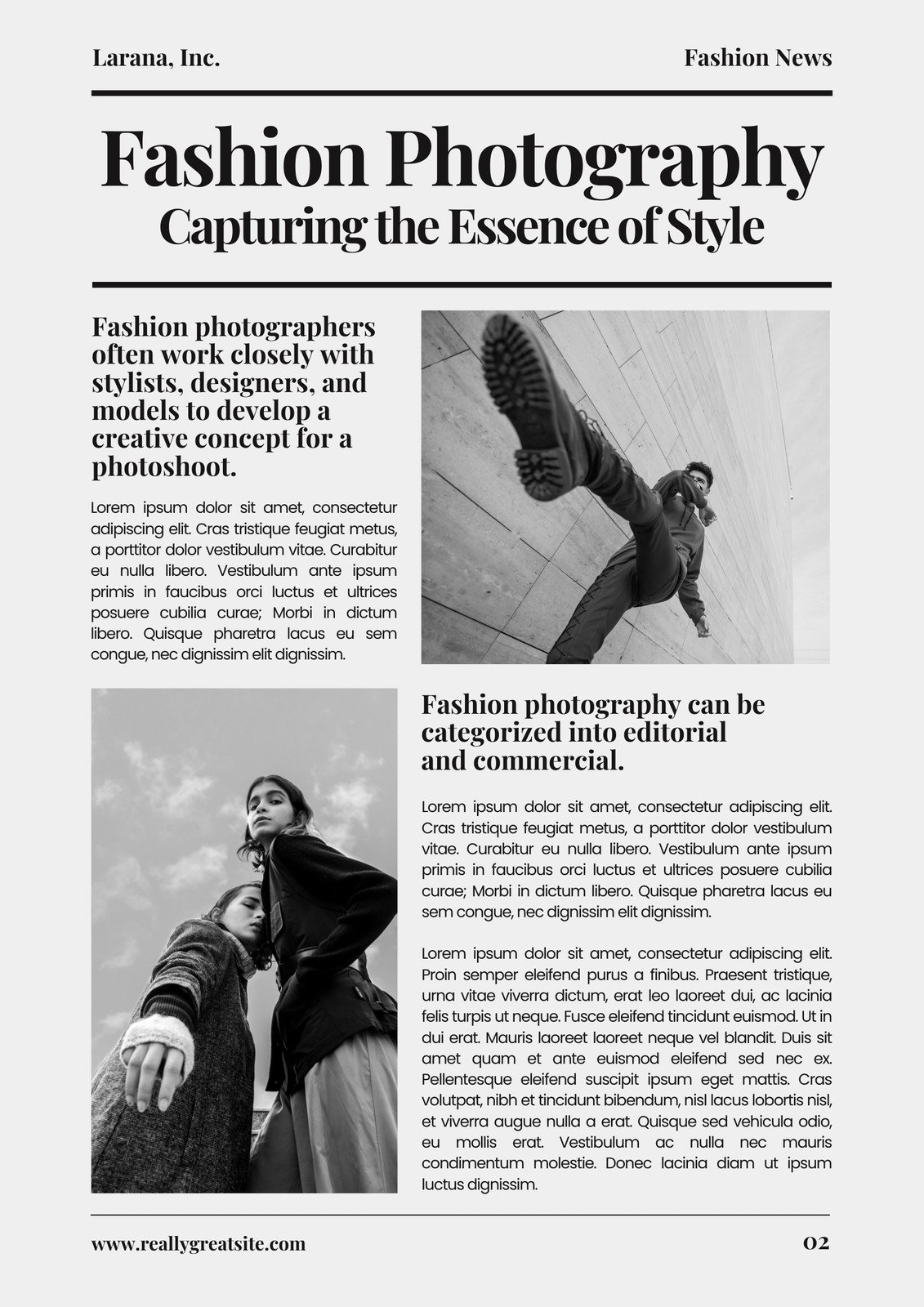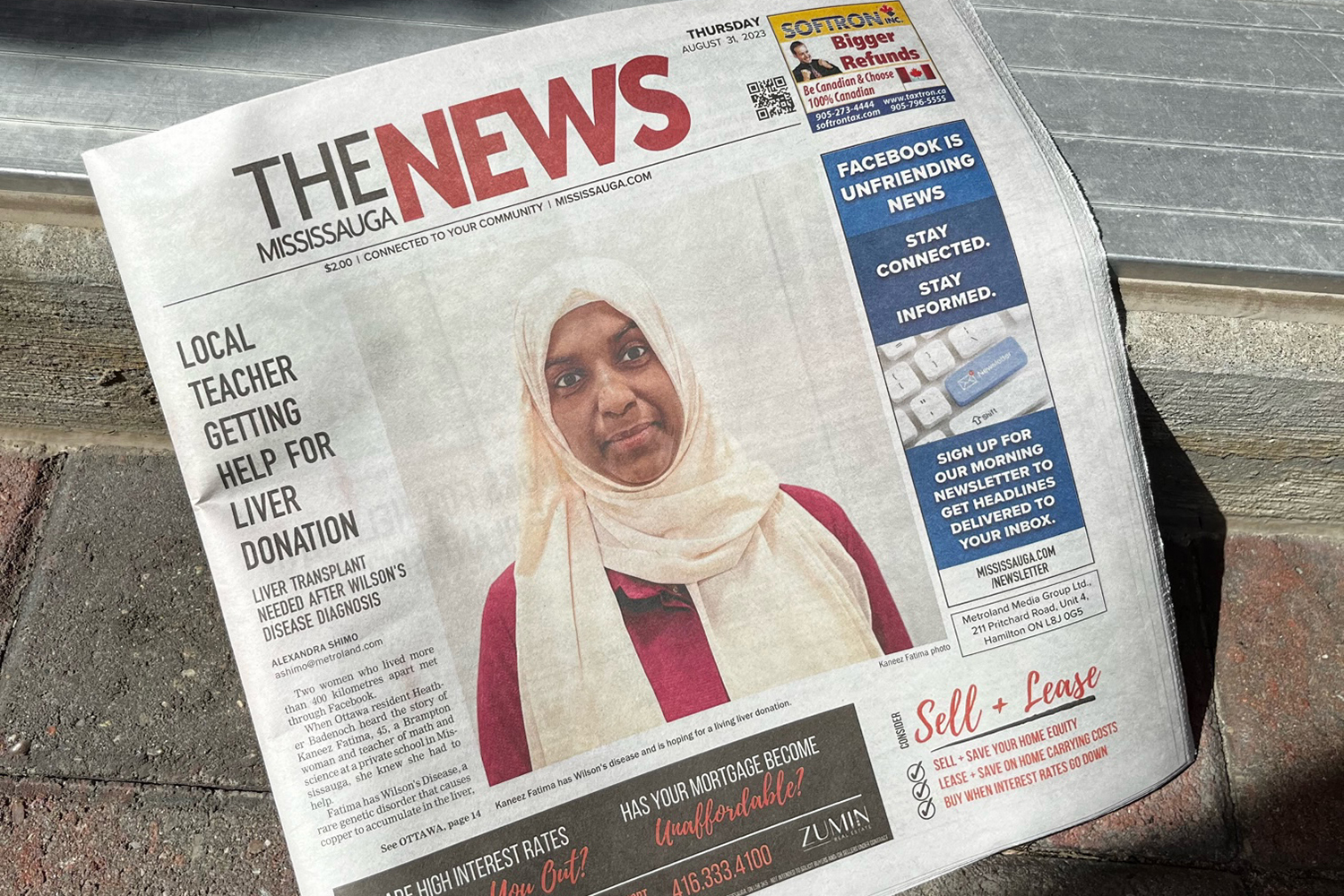The 2-Minute Rule for News Articles
The 2-Minute Rule for News Articles
Blog Article
Examine This Report on News Articles
Table of ContentsThe Facts About News Articles UncoveredThings about News ArticlesIndicators on News Articles You Should KnowUnknown Facts About News ArticlesWhat Does News Articles Do?
Good understanding of different topics gives trainees an one-upmanship over their peers. Even though electronic and social networks are easily obtainable, we must not fail to remember just how important it is to check out the newspapers. Moms and dads must try and inculcate the habit of reviewing a paper as a day-to-day routine to proceed the legacy of the revered print tool.Information stories also have at the very least one of the adhering to vital features relative to the desired target market: proximity, prominence, timeliness, human rate of interest, quirk, or repercussion.
Within these limitations, information tales also aim to be thorough. Amongst the bigger and more respected newspapers, justness and balance is a major factor in presenting details.
Newspapers with a worldwide target market, for example, often tend to make use of an extra official style of writing. News Articles.; usual style guides consist of the and the United States Information Design Book.
The 20-Second Trick For News Articles
As a guideline, journalists will not utilize a long word when a short one will do. News authors attempt to stay clear of making use of the same word much more than when in a paragraph (in some cases called an "resemble" or "word mirror").
However, headings occasionally omit the subject (e.g., "Leaps From Watercraft, Catches in Wheel") or verb (e.g., "Cat lady lucky"). A subhead (also subhed, sub-headline, subheading, caption, deck or dek) can be either a secondary title under the main heading, or the heading of a subsection of the write-up. It is a heading that comes before the primary message, or a team of paragraphs of the major text.

Extra signboards of any of these types may appear later in the post (especially on succeeding pages) to entice more reading. Such billboards are additionally used as pointers to the article in other areas of the magazine or site, or as promotions for the item in other publication or websites. Regular framework with title, lead paragraph (summary in bold), other paragraphs (information) and get in touch with details.

Example of a hard-lead paragraph NASA is recommending another space task. The spending plan requests approximately $10 billion for the task.
The NASA statement came as the agency requested $10 billion of appropriations for the project. An "off-lead" is the second essential front page information of the day. The off-lead shows up either in the top left edge, or straight below the lead on the. To "bury the lead" is to begin the post with background details or details of second relevance to the readers, click resources forcing them to review even more deeply right into an article than they need to have to in order to discover the necessary factors.
Some Known Details About News Articles
Typical use is that one or 2 sentences each form their own paragraph. Journalists generally explain the company or structure of a newspaper article as an inverted pyramid. The essential and most fascinating elements of a tale are put at the start, with sustaining details following in order of diminishing relevance.
It allows individuals to explore a subject to only the depth that their inquisitiveness takes them, and without the imposition of information or subtleties that they could consider unnecessary, but still making that details readily available to more interested visitors. The inverted pyramid structure also enables articles to be trimmed to any kind of approximate size throughout design, to suit the room offered.
Some authors begin their tales with the "1-2-3 lead", yet there are numerous sort of lead available. This layout invariably begins with a "Five Ws" opening up paragraph (as described over), followed by an indirect quote that offers to support a significant aspect visit this page of the initial paragraph, and after that a direct quote to sustain the indirect quote. [] A kicker can describe multiple things: The last tale in the news program; a "pleased" tale to finish the show.
Longer short articles, such as publication cover short articles and the pieces that lead the within areas of a paper, are recognized as. Function tales differ from straight information in a number of ways. Foremost is the lack of a straight-news lead, a lot of the moment. Instead of offering the significance of a story in advance, function authors might try to draw readers in.
Not known Factual Statements About News Articles
A function's very first paragraphs usually associate an intriguing moment or event, as in an "unscientific lead". From the details of an individual or episode, its sight swiftly widens to abstract principles concerning the story's topic.

The Editor's Tool kit: A Referral Guide for Beginners and Professionals (2001) Allan M. Siegal and William G. Connolly. The New why not look here York City Times Guidebook of Design and Use: The Official Style Overview Utilized by the Writers and Editors of the Globe's Many Reliable Newspaper (2002) M. L. Stein, Susan Paterno, and R.
Report this page